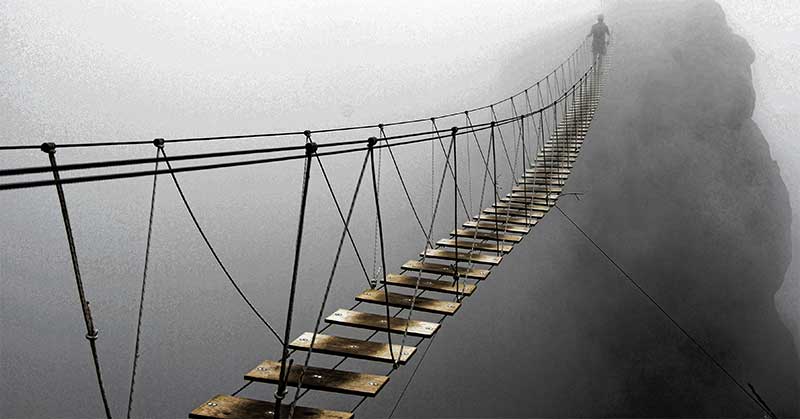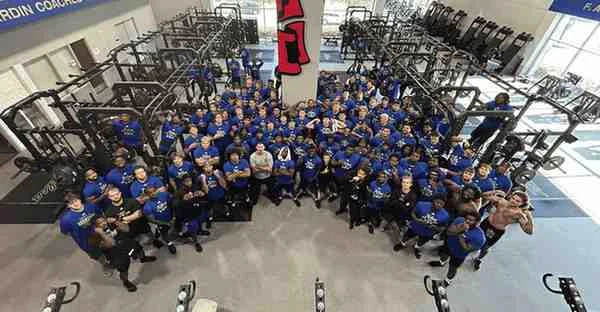[mashshare]

Strength and conditioning coach, Daniel Martinez, recently talked to a roundtable of seven coaches and trainers from four different countries about several sports science topics. This is the second in this series of Sports Science Roundtable articles.
Daniel Martinez: What are the challenges of your current work environment?
Cory Innes: The challenges of my work environment tend to revolve around funding and, therefore, athlete access. The result of working within a government system is that funding is limited, so servicing needs to cover a wide range of athletes. There have been recent moves to decrease athlete-to-staff ratios to provide greater in-depth performance, but this then leaves the developing or non-performing athlete vulnerable to being cut off from access to servicing. So, there is constantly a trade-off between who needs help and how/if they can be serviced. Additionally, relationship building is a key requirement of the position and one of the biggest challenges lies in communication with the coach, other service providers, and athletes.
“Relationship building is a key requirement… and one of the biggest challenges lies in communication.”
Cory Kennedy: Personally, I like to think of advantages over challenges, but I don’t fault you for asking. I would say the largest challenge we face is the allocation of resources. Since most of our funding comes through the federal government, there is a comprehensive process that determines each sport’s level of support from year to year. This means that some sports that have more success will reap the rewards of a higher budget. So, while Olympic hopeful athletes from a variety of sports share the same space, training side by side on a daily basis, our level of involvement is dictated by the allocated resources. Each athlete has a drive to reach the podium, and we like to offer each athlete their best chance to reach those dreams. Unfortunately, we can’t always spend the same amount of time with each of them.
Devan McConnell: I am a one-man show. My primary responsibility is the physical training of the team, but all other aspects of the position still fall on my shoulders. These other duties are often the sole responsibility of other individuals within a larger or more well-funded organization. Specifically, on the sport science side, I find it always a challenge (although a well-appreciated one) to “sell” the usefulness of the data to the head coach. And I would be remiss if I didn’t mention the complete lack of understanding of my role and/or its significance to the program by administrative-level individuals.
Jonas Dodoo: At Speed Works, the challenge is that we are a registered charity in an amateur sport during a time when sponsors are put off due to the financial climate and the controversies that consistently occur within our sport. So, we are balling on a budget.
High Performance Advisor connects vision and reality for young developing players who are often paid more than staff members. As a result, these athletes have traditionally had more power to decide how they train.
Mike Boykin: At ALTIS, we face similar challenges to what most relatively new companies encounter. Resources are appropriately allotted in order to maintain a high level of coaching and therapy expertise on-site to best serve the athlete population. This means that there are fewer (read: no) individuals here in Phoenix who are 100% dedicated to what most practitioners think of as “classical sports science.”
However, this “issue” is mitigated greatly by the fact that John Godina hired coaches (initially Dan Pfaff, Stuart McMillan, and Andreas Behm) who have a wealth of knowledge and a high level of understanding in areas that are often saved for a specialist. This is why the paradigm of sports science as hooking up a GPS (just to pick one example) should instead be viewed more holistically as the “science of sport,” where the coach is a fantastic generalist with a broad educational background in an environment where they can continue to grow.
The challenges of being a start-up have forced us to adapt. Therefore, many of our partnerships are formed around creating better athlete support systems. One example is the work we do with Athletigen in providing genetic and environmental data to our coaches and athletes. If there’s something we cannot adequately do, there is someone within our network who can assist.
Nate Brookreson: As silly as this might sound, I try to not view anything about my role as a “challenge” anymore. I think early in my career, I definitely had this mentality regarding things like communication between support staff, the lack of understanding with my sport coaches when it came to physiology, and the difficulty in articulating my role in the competition performance of athletes in mixed sports. I am now at a point in my career where I try to be solution-oriented.
I have forcibly increased communication with support staff through frequent meetings that have a specific agenda. I have increased the information I share with sport coaches and attempt to educate regarding weekly practice structure and peaking protocols. I also understand the limitations in trying to explain all performance outcomes, but share the information that I can reliably collect and track using research (whether others or my own) to pick validated indicators of performance. Maybe the only legitimate challenge I still face is time management (knowing when to walk away from certain projects).
Patrick Ward: The challenges are the challenges faced anywhere and are not specific to professional sport. Anytime you have information that challenges antiquity or dogma, you will meet with some resistance. It takes a lot of time to help people understand where you are coming from or maybe even to change their thinking on things. Sometimes it isn’t even about changing the thinking as much as it is getting people to look at things from a different angle and conceptualize things in a different way. So, being patient can sometimes be a challenge, as things never move as fast as you want them to. As they say, it takes a long time to make a right turn on the Titanic.
The next installment of this Sports Science Roundtable series is: “The Relevance of Periodization.”
[freelap-share]
[mashshare]




